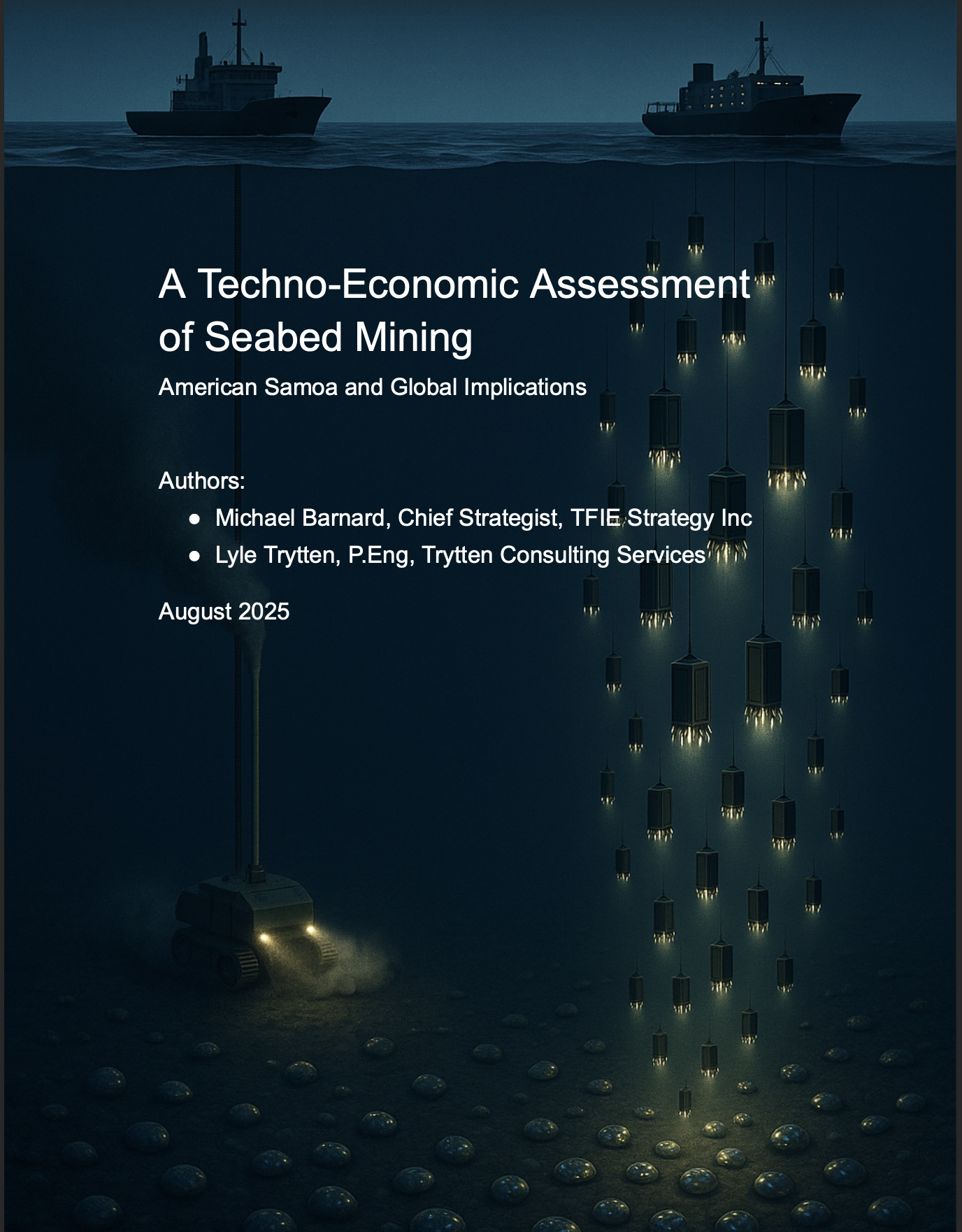
Sign up for daily news updates from CleanTechnica on email. Or follow us on Google News!
Last Updated on: 12th February 2025, 11:06 am
President Trump’s “drill, baby, drill” claxon has already devolved into a whimper of deflated expectations, and now here comes industrial heat pumps to rub salt in the wound. Industrial-scale heat pumps and other electrification technologies outperform traditional fossil-fueled equipment by a wide margin, and the experts advise U.S. manufacturers to jump on the bandwagon lickety-split, before they get beat by overseas competition.
Speaking of drill, baby, drill, have you contacted your representatives in Congress today?
Industrial Heat Pumps Really Are Coming For Your Fossil Fuels
Electric heat pumps have already taken the US residential market by storm following performance-boosting technology improvements, especially in cold climates. Industrial electrification poses more challenges, but the obstacles have been crumbling away at a rapid pace.
“Residential heat pumps deserve a lot of credit for driving the decarbonization train, but home-scaled systems are no match for industrial processes that require steam,” CleanTechnica observed last year, when the US Department of Energy announced a new $145 million round of funding to support the next generation of steam-producing heat pumps.
Giant-sized, fossil-fueled boilers are used for district steam heating as well as medical facilities, breweries, distilleries, fabric and paper mills, chemical manufacturing, medical facilities, and food and beverage processing plants among others.
Transitioning these boilers over to electric technology is a bottom line benefit for manufacturers. ACEEE (the American Council for an Energy-Efficient Economy) notes that electrification can help reduce and stabilize energy costs. They list “more precise heat control, modularity, reduced operational and insurance costs, and improved workplace health and safety” as co-benefits. On a facility level, the savings add up. ACEEE calculates that savings beyond net energy costs can reach the 20-30% range
Industrial electrification is also matter of public health, for those who care about public health. “Industrial boilers, which burn fossil fuels to provide steam or hot water for manufacturing processes, emit significant amounts of air pollutants,” ACEEE notes.
“Despite the availability of cleaner technologies, these boilers remain in use in many communities that experience poor air quality, endangering residents’ health,” the organization adds.
Mapping The Industrial Heat Pump Journey
To help raise awareness about the rising opportunities for industrial electrification, ACEEE has just published a first-of-its-kind online tracker and data-collecting platform including thermal energy storage as well as heat pumps.
“Examples of installations and data on their operations can help more companies considering electrifying take the next steps and can inform state and local policymakers seeking to accelerate adoption,” ACEEE explains, having apparently given up on any support at the federal level.
“Our map…depicts a growing market with significant untapped potential that could be unlocked by incentives or other support to lower the barriers for entry,” they emphasize.
If you’re wondering why thermal energy storage and not BESS (Battery Energy Storage Systems), that’s a good question. Thermal systems typically deploy relatively inexpensive materials similar to firebricks, and they can handle large scale, long duration energy storage tasks.
Industrial Heat Pumps: It’s Complicated
Before you run out and electrify your industrial boiler, ACEEE notes that not every part of the US is electrification-ready, and some processes are more amenable to electrification than others.
ACEEE identifies the low-hanging fruit as processes that involve temperatures in the low and medium ranges. They also note that electrification is a lighter lift in areas where the “spark gap” is favorable, meaning electricity rates, or subsidized rates, that are competitive with natural gas. Another factor that favors electrification is co-location with waste heat recovery systems, or systems that require both heating and cooling. The organization cites conditions in the wind-rich state of Iowa as an example of a good opportunity for food processors to electrify.
As with many energy efficiency upgrades, the investment is also more attractive when new systems replace severely outdated ones. ACEEE indicates that there are significant opportunities for right-sizing oversized boiler systems. “There are multiple technologies that, when paired with heat pumps, can reduce project costs and increase flexibility,” they add, noting that thermal energy storage can support load shifting and demand flexibility.
The ACEEE tracker shows that lumber drying, dairy processing, food drying, food processing, and hot water equipment cleaning systems are the early-adopting industries. They anticipate that chemical processing and other industrial systems will electrify when more case studies are available.
Industrial Electrification Is The New Energy Dominance
ACEEE suggests that utilities and industrial stakeholders can help accelerate uptake by collaborating with state and local policy makers, assuming that the federal government is a no-show.
“American manufacturers are beginning to adopt industrial heat pumps (IHPs) and thermal batteries but are being outpaced by global competitors,” the organization warns.
As if on cue, earlier this week the Colorado firm AtmosZero announced the opening of its new manufacturing campus in Loveland, where it will churn out up to 100 copies of its Boiler 2.0 industrial heat pumps every year.
“We are proudly based in Colorado and our new facility will be the first to manufacture domestic industrial steam heat pumps that will drive American energy dominance to meet global demand for electrified steam solutions,” explains AtmosZero CEO and co-founder Addison Stark. “We are laser focused on manufacturing a product that is modular, scalable and can be deployed today – not in decades.”
That sure sounds like AtmosZero will ship its industrial heat pumps off to competitors overseas if support fails to materialize here in the US. Practically daring the Trump administration to claw back its federal tax credit, AtmosZero also notes that its manufacturing venture is supported by a $24.3 million Qualifying Advanced Energy Project Credit (48C tax credit), through the US Department of Energy and Treasury Department.
For the record, AtmosZero lists The Engine Ventures, 2150, Constellation Technology Ventures, Energy Impact Partners, Starlight Ventures and AENU as its investors, in addition to Energy Department support through the Industrial Efficiency and Decarbonization Office and ARPA-E, the agency’s funding arm for high risk, high reward ventures.
Speaking of the name Addison, everyone’s favorite comeuppance movie featured a character named Addison, who famously said: “Is it possible, even conceivable, that you’ve confused me with that gang of backward children you play tricks on, that you have the same contempt for me as you have for them?”
If you know to whom he said that, and why he said it, and what makes it relevant today, drop a note in the comment thread.
Photo (cropped): The industrial electrification revolution in the US is beginning to gather steam, and the US heat pump manufacturer AtmosZero is here for it (courtesy of AtmosZero via globalnewswire).
Chip in a few dollars a month to help support independent cleantech coverage that helps to accelerate the cleantech revolution!
Have a tip for CleanTechnica? Want to advertise? Want to suggest a guest for our CleanTech Talk podcast? Contact us here.
Sign up for our daily newsletter for 15 new cleantech stories a day. Or sign up for our weekly one if daily is too frequent.
CleanTechnica uses affiliate links. See our policy here.
CleanTechnica’s Comment Policy



